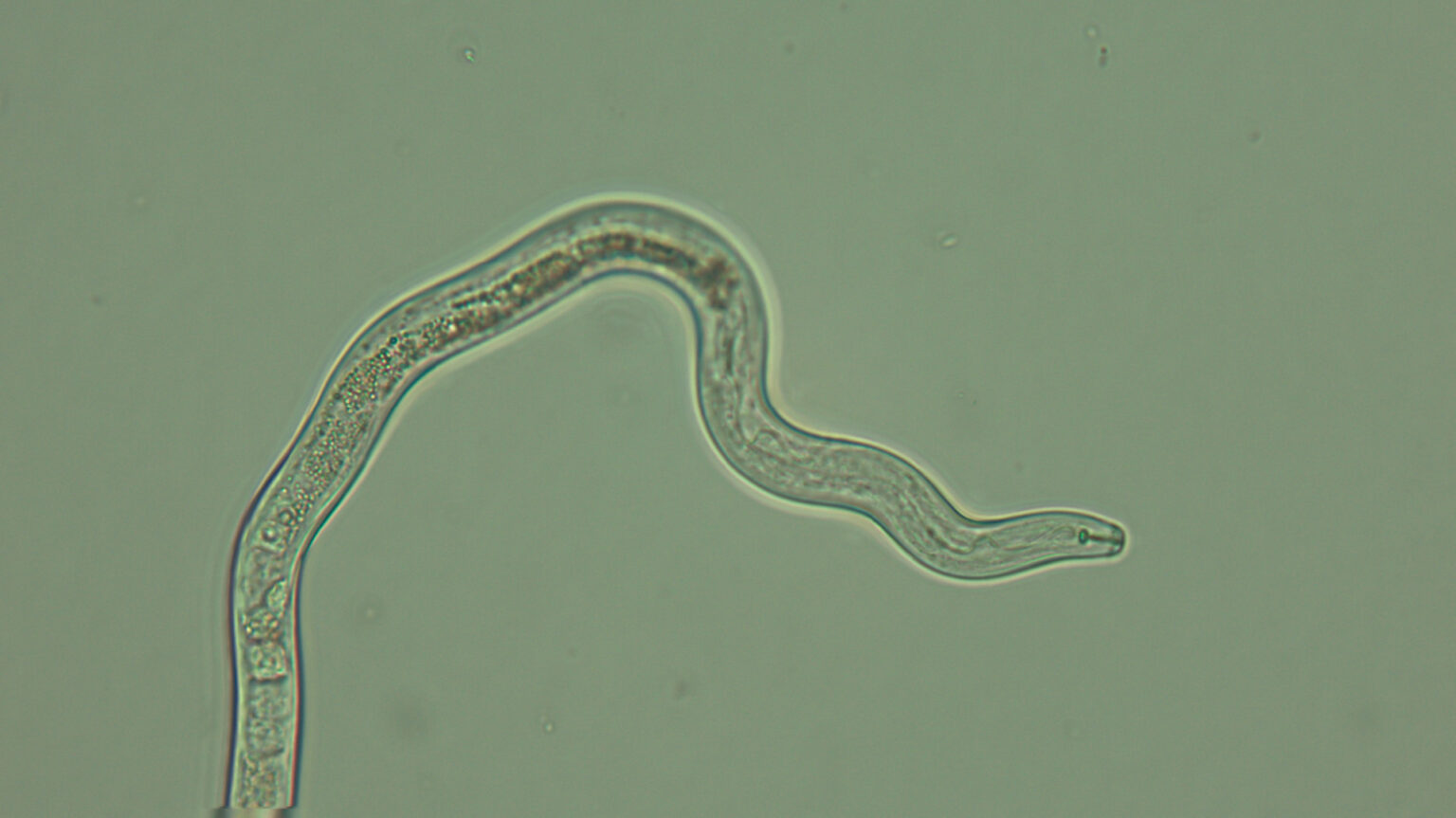Another threat to our woods
Yale School of Environment
A new study led by a team of scientists from YSE found differences at the cellular level of leaves from infected Beech trees — variations that may account for tree mortality.
Beech trees provide food for animals, timber for wood products, and sustenance for beech drop plants, but they are under threat from Beech Leaf Disease (BLD).
The disease, first documented in 2012 in
the Midwest, is associated with the nematode Litylenchus crenatae
mccannii and is spreading rapidly throughout the central and northeast
regions of North America.
A team of scientists led by Craig Brodersen, professor of plant physiological ecology, and Leila Fletcher, postdoctoral associate, at the Yale School of the Environment has uncovered new insights on how the disease is impacting leaves at the cellular level and provided a novel mechanistic explanation for the decline of the trees post-infection.
Brodersen first became interested in the
disease after noticing the infected trees during a walk in the woods with his
children.
“It’s a beautiful tree and an important part of the landscape. I wanted to do something with the tools we have to contribute to a better understanding of what the disease is doing to the tree. In order to come up with a solution, you have to come at it from as many angles as possible,” he said.
The team studied leaves collected from beech trees at Yale-Myers Forest, which hadn’t yet been infected by the nematode, and leaves from infected trees in New Haven’s West Rock Ridge State Park.
The
presence of the nematode influences the physical or hormonal regulation of leaf
development, which leads to the distinctive dark green stripes on affected
leaves, the research team said.
After comparing the leaf structures at the cellular level, the scientists discovered that maximum photosynthetic rates were approximately 61% lower in symptomatic leaves and respiration rates increased as the percentage of affected leaf tissue increased.
A combination of
reduced leaf area for photosynthetic tissues, and stomatal deformation (stomata
are pores in the leaf surface that provide for the exchange of gases) and
reduced stomatal density likely led to the reduced photosynthetic rates
observed in symptomatic leaves, the study, which was published in Forest Pathology, found.
“BLD, likely in combination with other foliar
pathogens and canopy thinning, causes a reduction in carbon assimilation
capacity, which can potentially lead to tree mortality by depleting the trees’
stored carbon,” the study’s authors concluded.
This information will further research on the
disease, which is still in its early stages.
“We hope this leads to a better understanding
of what the disease is doing to the tree and enable others to use that
information to come up with new strategies to manage the disease,” Brodersen
said.
The study was co-authored by YSE PhD students
Aleca Borsuk, Ana Fanton, and Joseph Zailaa; Jennifer Richburg ’24, and Kate M.
Johnson.

